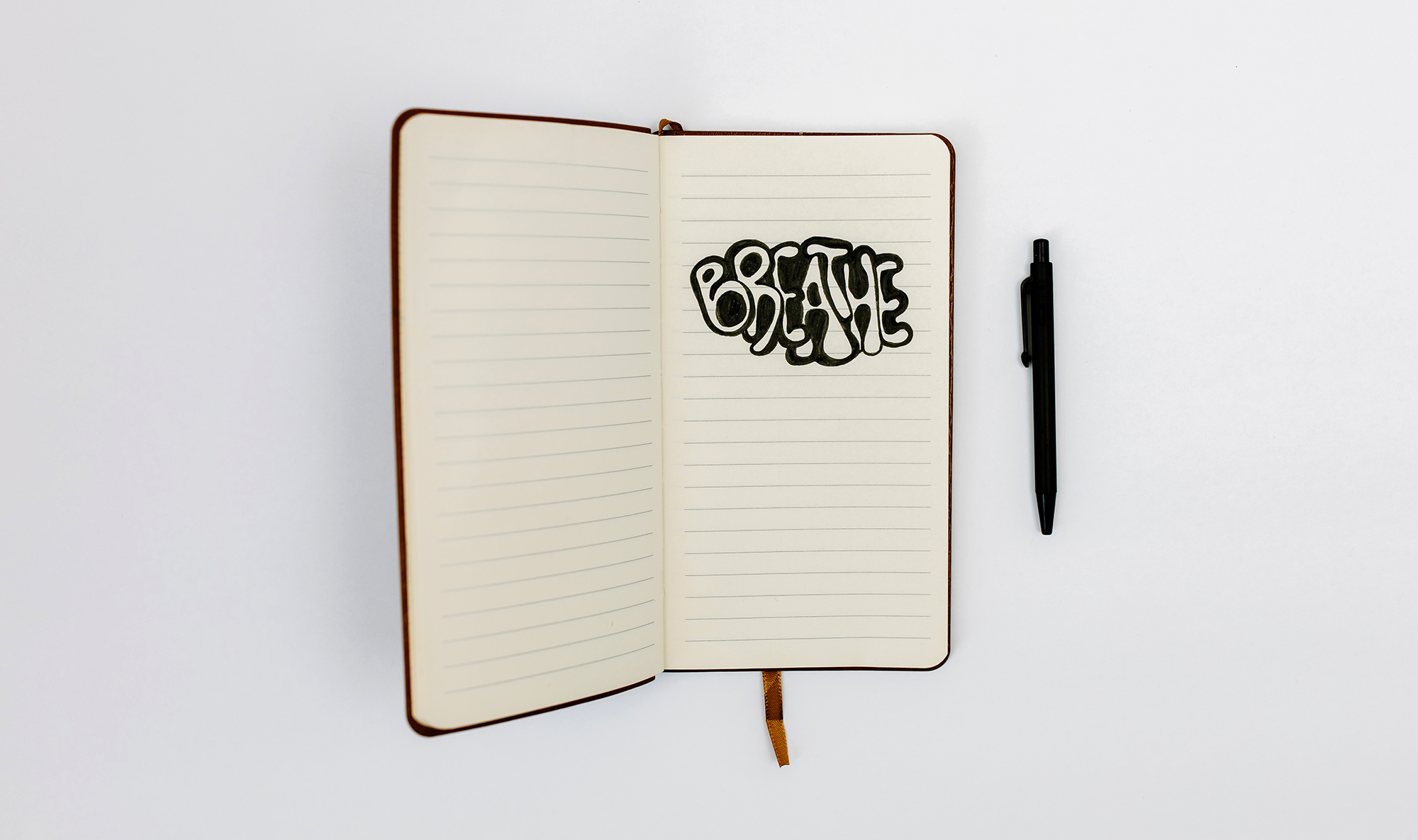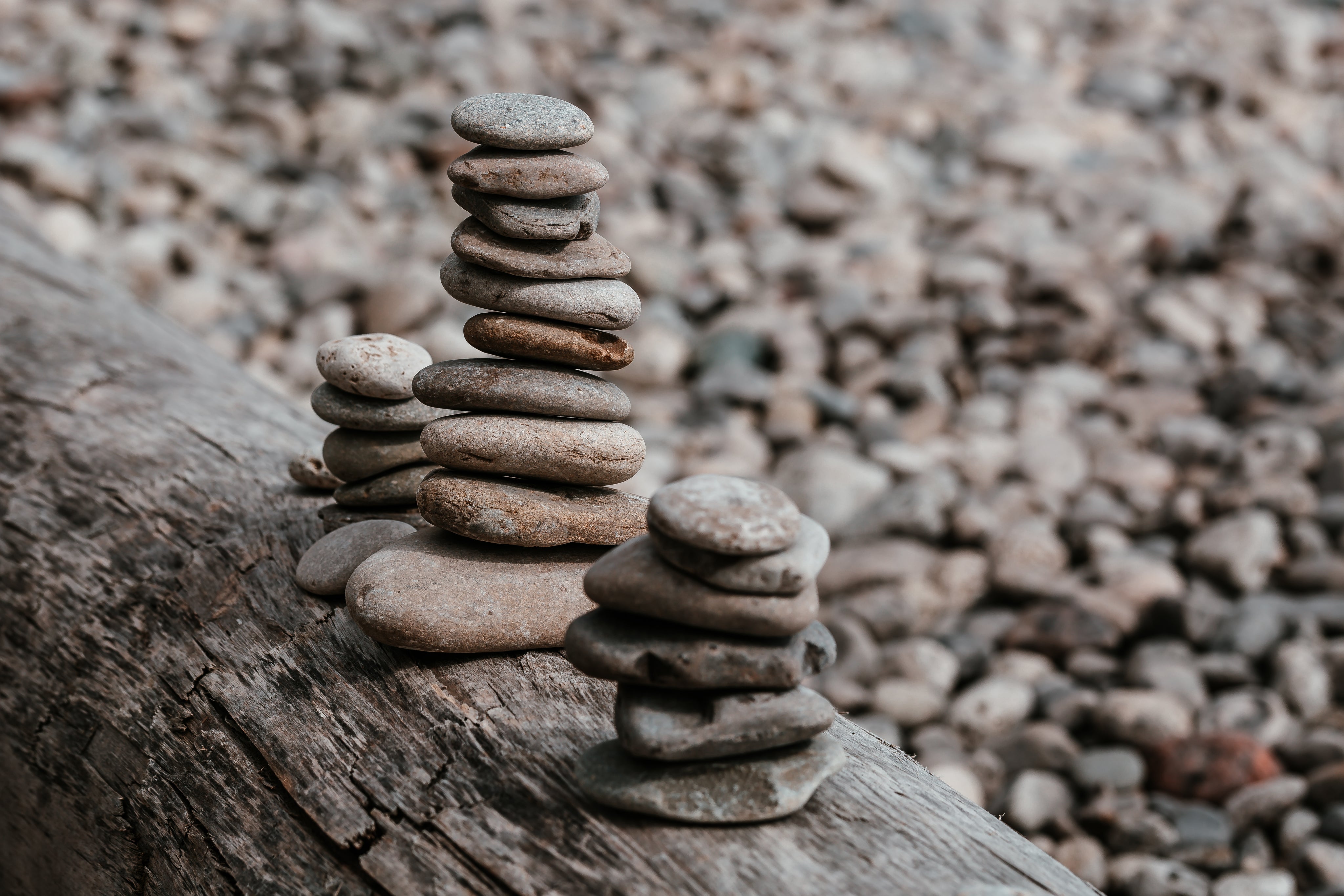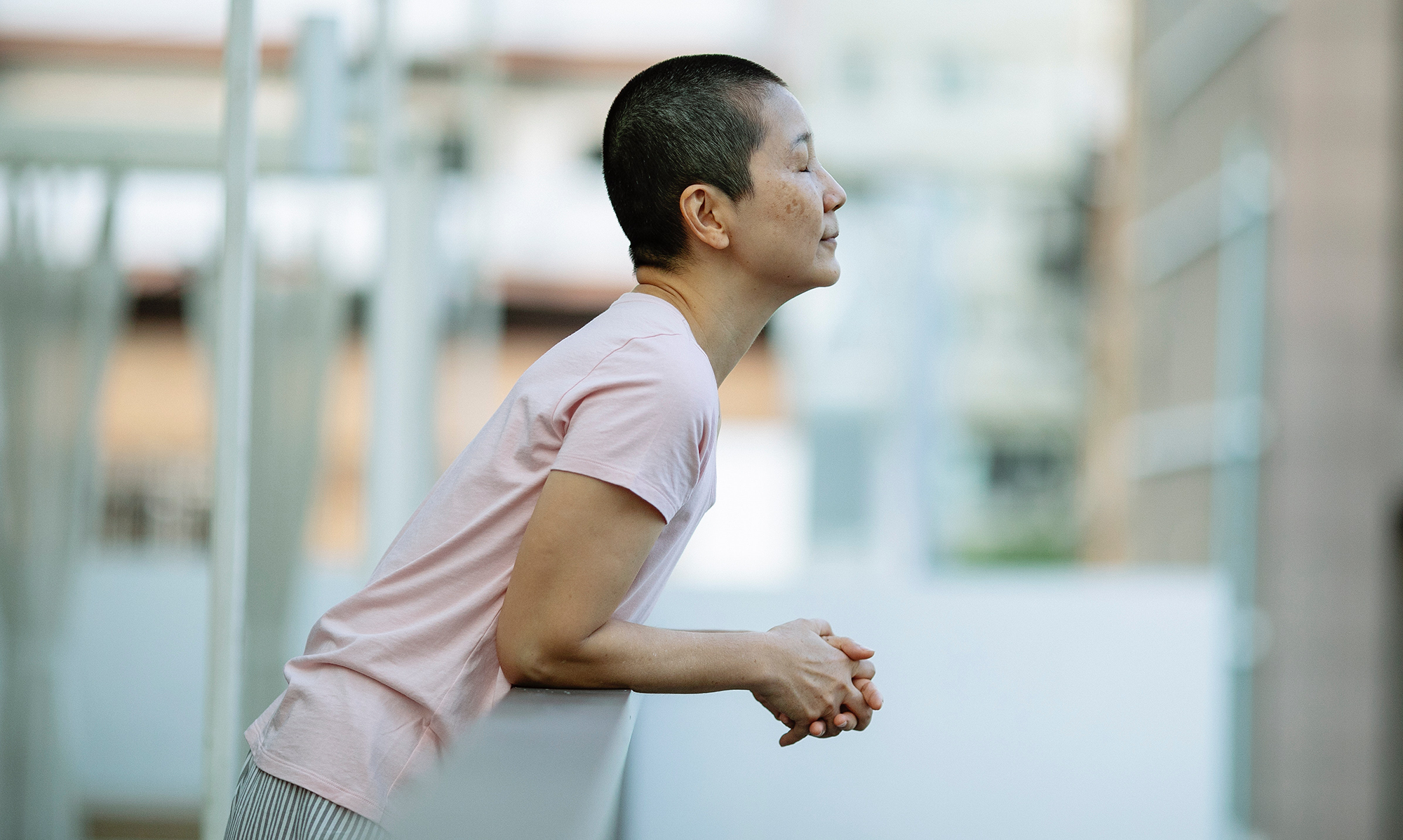Curso de Meditación >
LECCIÓN UNO

Te recomiendo que comiences estas lecciones concentrándote en una cada semana para que cada una tenga un enfoque y claridad. Esta semana, sentaremos las bases de una práctica de meditación, utilizando la respiración y reconectándonos con ella. Todos pueden disfrutar de los beneficios de respirar correctamente y está bien si te sientes incómodo al principio, todo es parte del proceso.
Ahora, a partir de la descarga de preparación, ¿preparaste tu espacio y tiempo para la meditación? Hoy intentaremos una meditación de respiración de un minuto juntos. Todos pueden tomarse el tiempo para un minuto de meditación, un minuto puede ser el comienzo de algo grandioso, ¡como dos minutos!
Esta técnica es excelente para tener en tu caja de herramientas, una forma instantánea de desestresarte y cambiar tu enfoque, refresca tu mentalidad tomando un breve descanso para respirar. Cuando pasamos por momentos difíciles, puede ser difícil calmar nuestra mente y encontrar una sensación de paz. Observa cómo te sientes después de solo un minuto, escribe en tu diario o descarga la hoja de trabajo y escribe cómo te hizo sentir eso. ¿Te sentiste renovado? ¿Fue difícil cambiar tu enfoque?
Respire hondo , una frase que todos conocemos muy bien como último recurso para aliviar el estrés y la frustración. Pero en realidad funciona. La respiración profunda es una forma de meditación, una práctica que, según los investigadores, se remonta a varios miles de años. Las investigaciones muestran que la meditación puede reducir la ansiedad, agudizar la memoria, tratar los síntomas de la depresión, promover un sueño más reparador e incluso mejorar la salud del corazón, pero la respiración es lo que nos guía y aprender a respirar profundamente nuevamente puede ser un excelente punto de partida.
Hay miles de formas de meditación y con ellas vienen diferentes técnicas de respiración... así que repasemos tres de ellas ahora mismo y probemos una técnica breve que puedes usar a lo largo del día, en cualquier momento y en cualquier lugar (¡aunque no mientras conduces!). Gran técnica para refrescarse, reenfocarse y desestresarse con pequeños descansos a lo largo del día...
Pero primero, comencemos con tu respiración…
SHAMATHA ( RESPIRAR TAL CUAL)
La respiración Shamatha es una técnica centrada en la conciencia de la respiración "tal como es". Es una práctica común en la meditación consciente y a menudo se la conoce como la respiración reiniciada o la respiración que te devuelve al presente; sus orígenes se encuentran en el budismo. Simplemente familiarizándote con la respiración como una forma de conectarte o familiarizarte con todo lo que eres , incluida tu naturaleza pacífica innata (que está dentro de todos nosotros).
Sentado o de pie, siente el peso de tu cuerpo a través del asiento o de los pies en el suelo. Estire la parte superior de su cuerpo. Suaviza tu mirada e intenta fijar suavemente un punto en el suelo frente a ti. Conéctate al ciclo natural de tu respiración, sintiendo el ascenso y descenso de tu vientre. Sintonízate con la respiración, sintiendo cada respiración, cuando tu mente divaga, regresa a la sensación física de la respiración.
KUNDALINI ( RESPIRACIÓN DIAFRAGMA)
En la práctica de la meditación kundalini, la respiración se centra en mover la energía dentro del cuerpo a través de técnicas de respiración controlada, como la respiración diafragmática. El diafragma está ubicado en la parte inferior de los pulmones. Respirar con el diafragma te enseña a utilizarlo correctamente y ayuda a fortalecerlo, lo que puede ser excelente para correr o hacer deporte. La práctica de la respiración diafragmática es especialmente útil para personas con enfermedad pulmonar obstructiva crónica para aliviar la dificultad para respirar y ayudar a que el aire salga de los pulmones. Se utiliza en Kundalini yoga y también en la esencia del Método Wim Hof . ¡Consulta la lectura adicional a continuación si quieres saber más!
KUMBHAKA PRANAYAMAS (ANATARA Y BAHYA)
( Retención intermitente de la respiración) Los Kumbhaka pranayamas, muy utilizados en la práctica yóguica, son un tipo de ejercicio de respiración que utiliza la contención intermitente de la respiración después de inhalar o exhalar. La pausa para contener la respiración debe ser más corta que el período de inhalación o exhalación. Retener el aire en los pulmones después de inhalar se llama Antara (interior) kumbhaka, y contener momentáneamente la respiración después de exhalar se llama Bahya (exterior) kumbhaka. Es muy eficaz y los estudios sobre la retención corta de la respiración se asociaron con un aumento del 56 por ciento en el oxígeno consumido. ! Profundizaremos en estas técnicas en las lecciones siguientes.
Ahora, para empezar, comencemos con la respiración de un minuto, una técnica sencilla que cambia tu atención a la respiración y puede usarse para calmar la mente y llevar tu conciencia al momento presente.

< UN MINUTO DE RESPIRACIÓN >
Paso uno: encuentra un lugar cómodo.
El mejor lugar para empezar es sentado, si puedes sentarte en una almohada en el suelo con los pies cruzados y la espalda recta, perfecto, también puedes sentarte en tu silla con la espalda recta, o incluso tumbado en el suelo o en tu cama. A algunas personas no les gusta tumbarse mientras se quedan dormidas, si crees que podría ser tu caso, empieza sentándote derecho, mete un poco la barbilla y cierra los ojos, incluso puedes hacer esto en tu escritorio si es necesario, pero realizar meditaciones breves y concentradas a lo largo del día puede ser muy eficaz para reducir tus niveles de estrés. Puedes poner un temporizador de un minuto en tu teléfono o dejarte llevar: siéntate unos minutos y no te preocupes por la hora exacta.
Paso dos: cambia tus pensamientos.
Comience a desviar el foco de su mente de sus pensamientos o lista de tareas pendientes a su respiración. Puede comenzar a inhalar por la nariz y exhalar por la boca ligeramente abierta. Siga el patrón que se muestra a continuación. Puede contar si lo desea, ya que eso también puede ayudar a cambiar su enfoque.
Respira por la nariz durante 5 segundos.
Aguanta la respiración durante 5 segundos
Exhala por la boca durante 5 segundos.
Practica este patrón de respiración durante un minuto al día (o más). Úsalo para calmar tu mente, calmar tu energía y sentirte mejor rápidamente. Incluso puedes poner música que te guste y practicarla mientras la escuchas.
¿Adivina qué? ¡Estás meditando!
Me gustaría que intentaras esta práctica de respiración de un minuto durante tres días de esta semana, tres veces al día. Puede ser a primera hora de la mañana, a las 11 en punto en lugar de un descanso para tomar unas galletas o al final del día, cuando mejor te venga. Puedes volver a practicarla una y otra vez, tu respiración es la base de la meditación. Si alguna de las próximas meditaciones no te resulta familiar, vuelve a practicarla.
Déjame guiarte en la grabación a continuación >
Take a minute with me to switch up your energy and feel the benefits quickly

Aquí hay 3 cosas a tener en cuenta…
Está bien sentirse inquieto al principio con meditaciones en las que estás sentado. No tienes que replicar la imagen ideal de un monje. Si te resulta doloroso o simplemente incómodo, cámbialo: haz lo que te haga feliz y en lo que no te molesten. Conecta los auriculares, cierra la puerta y apaga la computadora; todos podemos arreglárnoslas con un minuto. Consejos adicionales >
Definitivamente, puedes esperar que surjan pensamientos aleatorios en tu cabeza mientras meditas. Somos humanos, así es como funciona nuestra mente. Puedes volver a concentrarte en la respiración o en mi voz si eliges seguir la grabación.
Por último, recuerda que la meditación es una práctica. Cualquier incomodidad o timidez que sientas al principio se irá disipando a medida que adquieras más confianza. Así que, si la incomodidad aparece, ¡recíbela con los brazos abiertos! ¡Ahí es donde comienza el mejor cambio!
Utilice las indicaciones de la hoja de trabajo para inspirarse y conectarse con las prácticas que está aprendiendo esta semana; con la reflexión y la autoconciencia llega el crecimiento.

La visualización es mi técnica de meditación favorita. Se puede utilizar en meditaciones cortas, como la caminata por la naturaleza que se muestra a continuación, o en un viaje interior más largo y una conexión a un nivel mucho más profundo.

La meditación con mantras es una técnica de meditación que calma rápidamente la mente y te lleva al momento presente mediante el uso de sonidos y vibraciones. Meditar con un mantra te brinda un ancla al que regresar.

Estás dando un paso más hacia una mente más tranquila, pudiendo lidiar mucho mejor con el estrés y vivir de forma consciente con la práctica de la meditación y la concienciación.